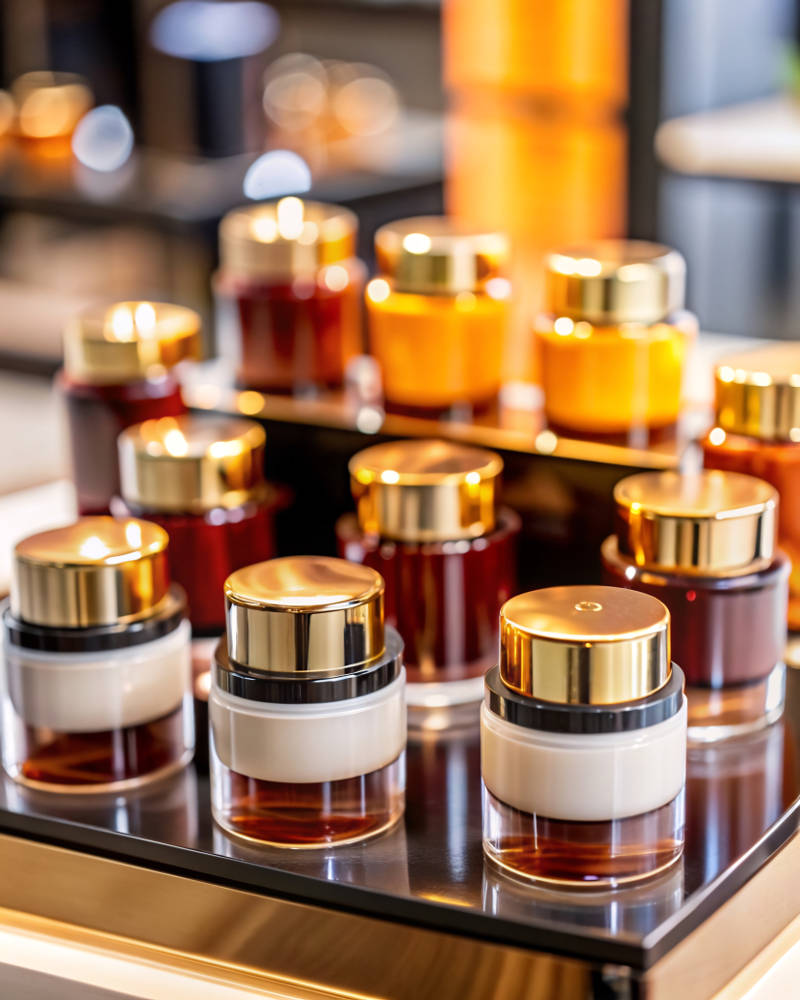Today, at TS VTI, vacuum metalizing is being used to produce the highest quality streetlights, automotive headlamps, and sophisticated electronic device enclosures. Of course, we still can produce decorative items, but we are not limited to bright aluminum. We can deposit virtually any metal through vacuum plating for unique color options. We can also coat substrates made from glass, metal, or ceramic in addition to plastics. Most plastics today can be coated directly onto the substrate, eliminating the need for primer paints.

Vacuum Metalizing can be broken down into two categories…decorative or functional. The functional coating types are REFLECTIVE and SHIELDING, while the decorative coatings serve only to enhance the appearance of the parts being coated.
We use a specific PVD vacuum coating process called sputtering which can deposit any metal. This means any of the metallic colors can be used to decorate the part…from the bold look of copper or brass to the more subtle shades of grey found with titanium and stainless steel. If the goal is to reproduce a particular texture in a plastic part, as with brushed stainless, the texture must first be applied to the injection molding tool. Then each molded part will show this same texture. The coating is so incredibly thin, it conforms to the texture, and does not alter it, producing the visual effect of the part being fabricated from actual stainless steel. TS VTI offers this effect as “NexSteel™”. If the parts need added durability, a clear coat of paint can be applied over the metallic finish.
For reflective coatings, the most common material used is aluminum, which can produce 90% reflectivity. Industrial, commercial, and automotive lighting reflectors all use aluminum. At TS VTI we can also source the molded substrate for you, eliminating the need to contract with a separate injection molding house. Our long-term relationship with our molder means you can avoid the steep learning curve associated with molding “Class A1” polished surfaces that are required for this type of product.
Shielding coatings are produced from metals with very high electrical conductivities. The most common are copper and aluminum. Copper is a better conductor than aluminum and produces a superior shielding coating, but it must be overcoated with another metal such as nickel-chrome or stainless steel to prevent tarnishing or oxidizing. Shielding coatings are also up to 10 times thicker than the other types of vacuum metalizing.

"*" indicates required fields